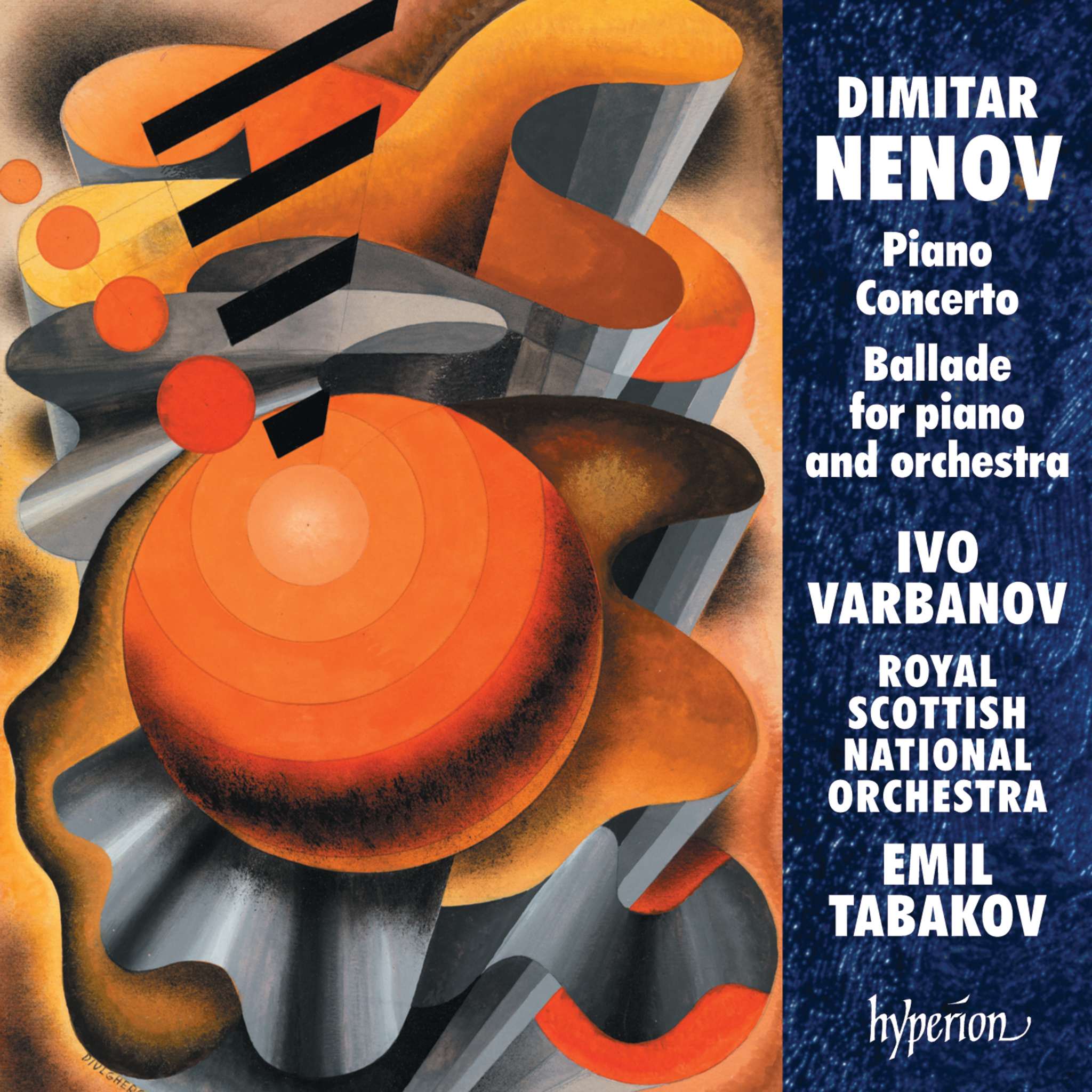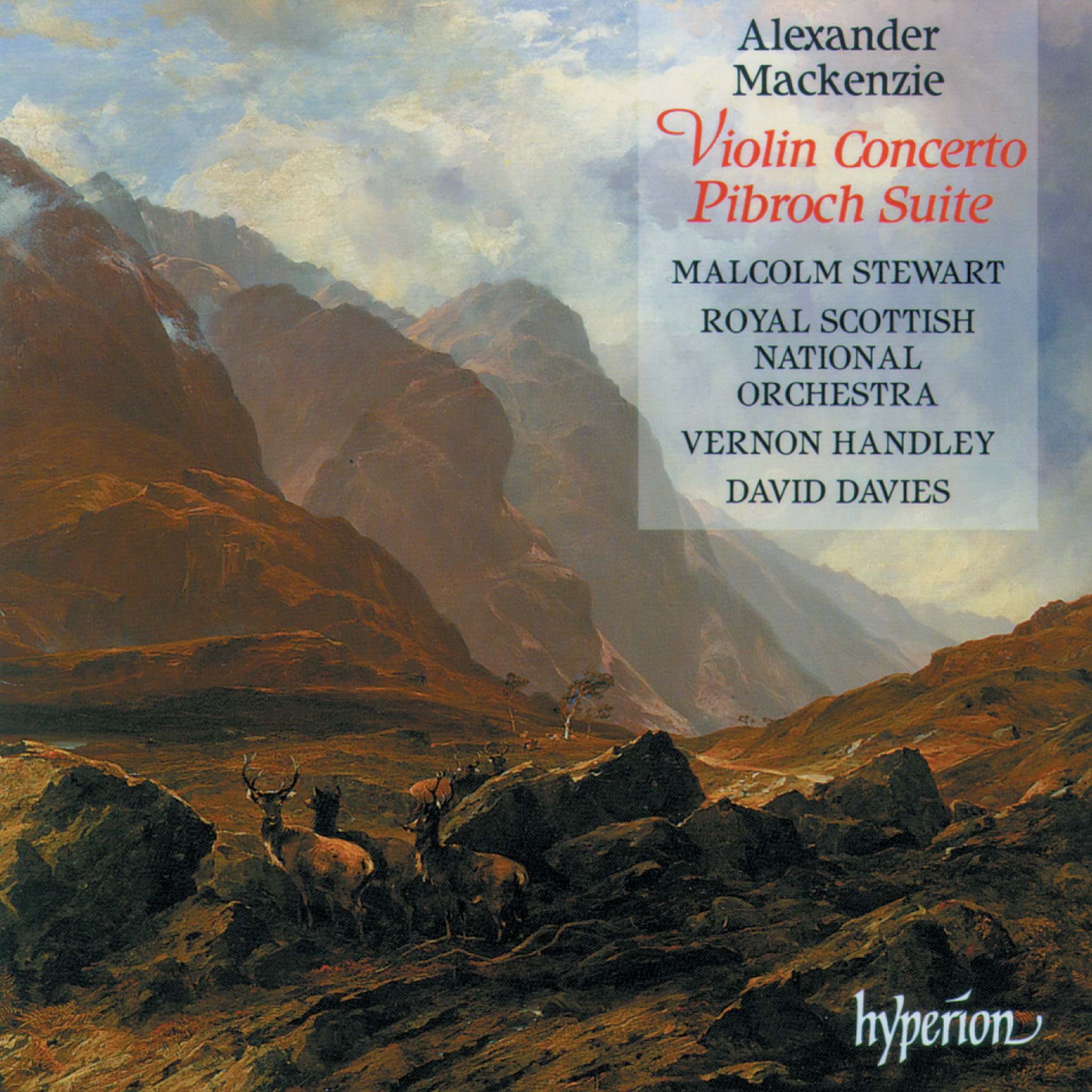Album insights
The MultiPiano Ensemble delves into intergenerational collaboration across time, cultural boundaries, and geography on this album. Through a selection of multi-handed piano music from the early 19th century, the recording showcases the artistic collaborations between teachers and students, admirers and revered figures, as well as the reinterpretation of forgotten masterpieces by contemporary musicians. Each piece on this album represents the merging of two or even three creative spirits. Additionally, the recording takes us on a journey of discovery and rediscovery, presenting four pieces recorded here for the first time.
The initial version of the Fantasie & Variations on a Theme by Weber by Felix Mendelssohn and Ignaz Moscheles for two pianos and orchestra is a significant discovery. The work, a collaborative effort between two of their era's greatest piano virtuosos based on a theme by a third composer, originated from a charity concert at the English royal court in 1833. The central figures were two highly esteemed and renowned musicians of that time in Great Britain: Mendelssohn and his much-admired mentor Moscheles. While both were of German-Jewish descent, Mendelssohn attained classic status while Moscheles' fame gradually waned.
Commissioned to compose a piece for two pianos and orchestra, the musicians met a few days before the charity concert, resulting in partially improvised sections integrated into a jointly designed structure, akin to the jam sessions of contemporary jazz musicians. The performance was so successful that it was repeated several months later. Subsequently, they diligently prepared a more refined version based on their original improvisations.
Following this second presentation, the manuscript went missing. Sixteen years later, Moscheles decided to create his own diverging version of the work and had it printed in small numbers. Unfortunately, the publisher misleadingly advertised it as the original work of the two composers, a misattribution that persisted for a long time. Nearly 200 years later, the original manuscript resurfaced in St. Petersburg, making its mark in the Mendelssohn catalogue as MWV O9, as compiled in 2009 by the Saxon Academy of Sciences for the celebration of Mendelssohn's 200th birthday.
The remarkable discovery offers insight into the rare collaboration of multiple composers. It stands out as the sole example of music for two pianos in Mendelssohn's mature style, distinct from his youthful compositions for two pianos and orchestra.
On this album, the MultiPiano Ensemble reintroduced the work in its 1833 original version through a series of performances worldwide, revitalizing it for modern audiences.
Ignaz Moscheles composed Les Contrastes, his "Grand Duo" op. 115, originally for two pianos with eight hands, inspired by French and German baroque influences, positioning it as one of the earliest neobaroque suites of the 19th century.
The extensive prelude adopts the rhythms of a French overture, echoing the styles of Rameau and Couperin while infused with the modern flair of Moscheles' era. Following is a monumental fugue reminiscent of Handel and Bach, leading into an intimate and devotional chorale with variations. The final section commences with a noble Sicilienne, transitioning into a virtuosic tour-de-force citing motifs from the chorale and fugue, establishing a cyclical frame for the entire work.
The original Grand Duo sans orchestra is densely structured, losing favor with performers and audiences over time, almost fading into obscurity. Recognizing this, Israeli musicians Tomer Lev and Aryeh Levanon orchestrated the work, aiming to emphasize its grandeur while effectively distributing the complex composition between soloists and orchestra to enhance its appeal.
Franz Liszt, renowned as both a composer and piano virtuoso of the 19th century, left behind a significant legacy of over 700 works, many of which are reworkings of compositions by other masters. Among his most notable achievements were his arrangements of Franz Schubert's music, elevating the relatively unknown composer to a European audience.
Liszt's most intricate Schubert adaptation is the "Wanderer Fantasy," initially a solo piano piece from 1822. Fascinated by Schubert's portrayal of the wandering protagonist embarking on a journey of self-discovery, Liszt transformed the piece into a concert work for piano and orchestra, mirroring key elements in his subsequent piano concertos. The thematic unity and unbroken progression of this composition parallel Liszt's concertos structurally and orchestrally.
Due to the richness of Schubert's original piano piece, Liszt saw potential beyond a single piano, leading him to orchestrate the work for a grander scale. Though met with critiques for some overembellishment and overpowering orchestrations, Liszt's adaptation garnered a significant reevaluation by Israeli pianist Alexander Tamir.
Tamir's revised version for two pianos and orchestra alleviated some of the criticisms by better aligning with Schubert's essence, effectively balancing the intricate piano passages between the two instruments and harmonizing with the orchestral accompaniment. This refined adaptation, subsequently polished by Tomer Lev, presents an amalgamation of Liszt's ingenious orchestration and Schubert's original foundation, enhancing clarity and stylistic fidelity to Schubert's intent.
The album concludes with two Grand Marches by Schubert, initially composed for two pianos and later arranged for eight hands across two pianos by Ernst Pauer, bridging Viennese classicism with the burgeoning music scene of 19th-century London. Pauer played a pivotal role as a music educator and advocate for older piano music, disseminating works of revered composers and providing arrangements to showcase the orchestral potential in piano compositions.



